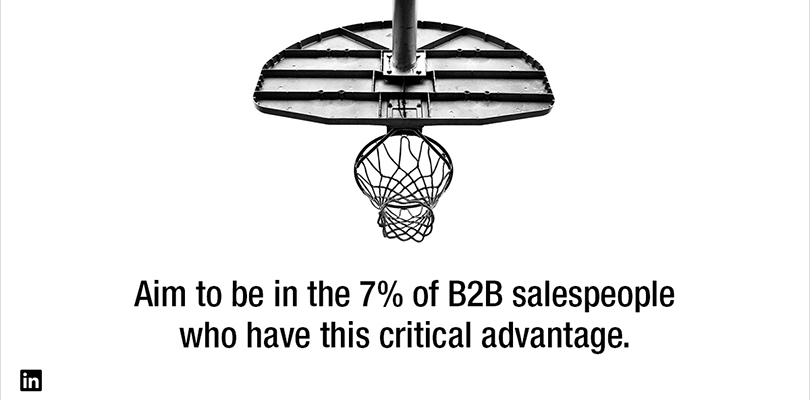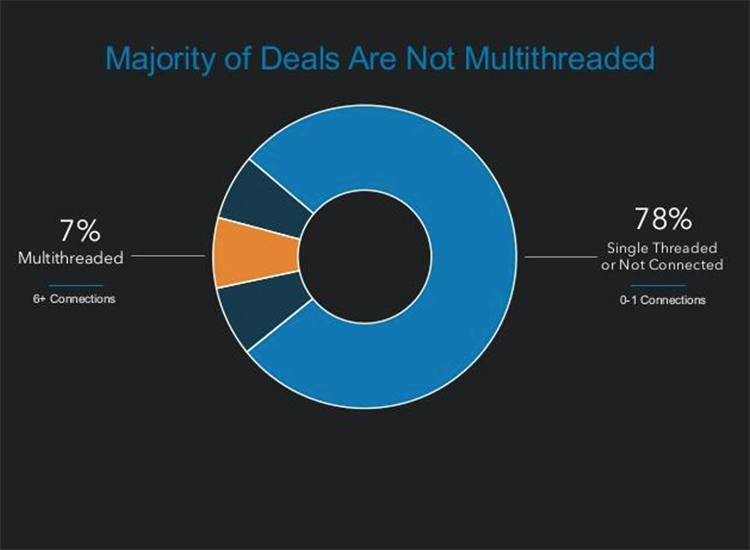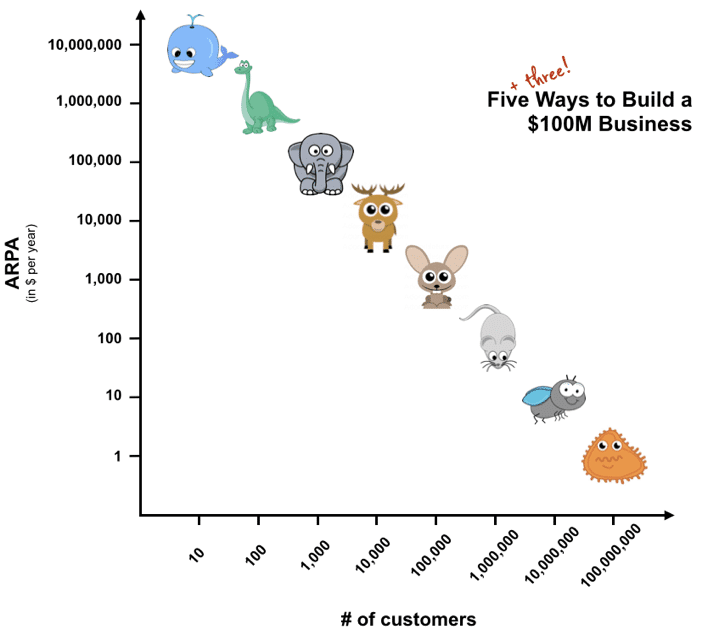
For 13+ years in marketing, I’ve never seen a B2B company who’d say they don’t have a B2B marketing strategy framework or that their marketing strategy is ineffective.
But at the same time 6200+ B2B marketers say that their biggest challenges are generating traffic and leads, and proving the ROI of marketing activities.
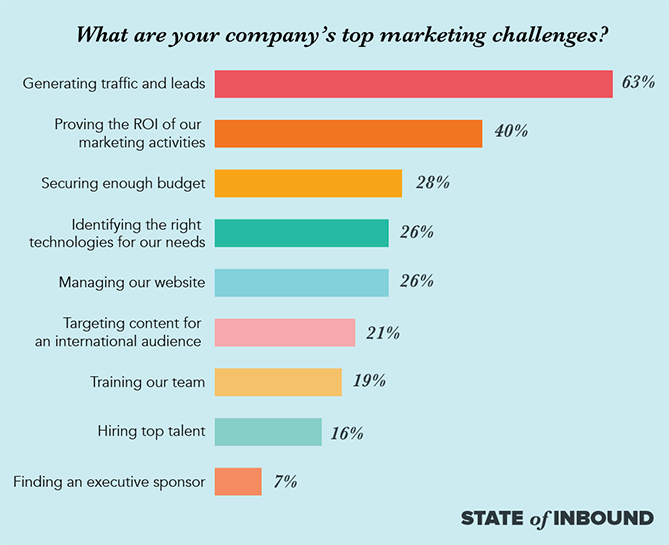
Which can be interpreted in simple words as: “We simply don’t know what to do next and don’t know whether what we’re doing now is a good strategy”.
In this guide, I’ll share with you a proven B2B marketing strategy framework that will help you identify the most prolific market segments, your ideal customer profile, and the right marketing channels to generate leads.
What Is A B2B Marketing Strategy?
According to Wikipedia, a marketing strategy is a long-term, forward-looking approach to planning with the fundamental goal of achieving a sustainable competitive advantage.
Sounds weird and unclear, agree?
That’s why so many companies create 40-page documents stating the mission, vision, values, etc. The truth is nobody has a clear idea what should be achieved and in what way.
I’m a big fan of simplifying things.
For me, marketing strategy is the way to go from point A (current situation) to the point B (desired outcomes) by planned beforehand (marketing channels and tools) with affordable resources (marketing budget, team, etc.).
How do you create this strategy the right way?
Let’s dive in into the step by step process.
B2b Marketing Strategy Framework
- Segment your market and focus on a target segment
- Create an ICP for every market segment
- Run a competitor analysis
- Develop a USP for each market you want to target
- Take your prospects through the buyer journey
1) Segment your market and focus on a target segment
Imagine you’re scaling a tech startup and you’ve decided to invest in CRM. You’ve read tons of information and stopped on 2 variants.
One of them is a CRM which gets your sales organized.
Another one is a specialized CRM which help to organize your sales, track recurring revenue, and the churn rate. Which one will you choose? The answer is obvious!
That’s the power of marketing segmentation.
When we focus on a specific market segment, we can personalize our offer not only by *FNAME*, *ROLE*, and *INDUSTRY* but according to the needs and challenges of the companies who belong to this segment.
This always leads to higher conversions, ROI, and revenue.
Start here:
To figure out your segments, start with these 2 simple questions:
- Who can be a potential buyer of my products (your target audience)?
- Why do they buy products or services like mine? What kind of problems or tasks do they want to solve?
Evaluate these segments with these criteria:
- Competition level
- The breadth of the market
- Lifetime value
- Segment growth
- Continuity
- Your past experience
- Ease of getting past gatekeepers
- Solvency
- Margin
After this exercise, you’ll realize 2 things:
- Not all market segments are equal. Some segments can generate higher ROI but require more resources. On the contrary, some have less potential but you can generate revenue easily.
- All market segments are unique and have different needs. Which means you’d create a different proposal for every market segment you want to prospect and use different approaches.
2) Create an ICP for every market segment
What’s the difference between an ideal customer profile (ICP) and simple customer profile?
Well, this is a good question which points out to a common marketing mistake.
I see so many companies just look at all their clients from different segments and try to create an average persona from all the data they have.
As a result, instead of adopting their product, proposals, and lead generation marketing campaigns according to this, people they try to create a universal product pitch.
The biggest difference between ICP and a “simple” customer profile is that an ICP focuses on attracting high-quality leads who are similar to your key customers instead of prospecting everybody who might buy your product.
There are 3 benefits of such an approach:
- You’ll be really able to personalize all your marketing materials: sales pages, proposals, ads, lead nurturing emails, etc.
- You can figure out the most effective lead generation channels instead of guessing what works.
- You’ll be able to choose the right marketing qualification criteria to evaluate the efficiency of every marketing campaign.
Next steps:
Here is an exact process to create an ICP:
- Choose one market segment
- Select top 10 customers from this segment
- Fill in the ideal customer profile template
- Collect additional data about these customers from social media
- Survey your customers
- Create an ideal customer profile from the data you’ve collected

The easiest part here is to collect the data as sex, age, location, job role, industry. On LinkedIn, you can simply open profile and scrape the data.
I also highly recommend collecting data such as:
- Websites your customers are sharing content from on their profiles. This will give you an idea about where you can apply for guest posting or collaboration.
- Influencers with whose content they engage — this will give you an idea about whom you should start to build relationships with.
- Communities where they contribute. You can use these communities for co-marketing, contribution, and content distribution.
3) Run a competitor analysis
It’s smart to work on your foundation before implementing any marketing tactic.
There are dozens of marketing channels, tools, and growth hacks you can implement. SEO, PPC, Facebook Ads, cold outreach, etc. The truth is that they all at the same time work on some markets and don’t work on others.
How do you figure out what marketing channels you should focus on?
- Survey your core customers (what we covered in the previous step)
- Spy on your competitors
Next steps:
I highly recommend using tools like SimilarWeb, Ahrefs, and BuzzSumo to understand where your competitors’ traffic comes from.
This data will give you a better idea about the channels you should really focus on instead of diluting your efforts.
The second part of competitors analysis is devoted to learning more about the sales process, strengths, and weaknesses, USP (unique selling proposition), pricing policy, etc.
The list of things you analyze is completely dependent on the industry but these are mandatory points you should always check.
4) Develop a USP for each market you want to target
Many companies think that positioning and a USP are the same.
This isn’t true.
Positioning is how the customer perceives your company, brand, or product. In simple words, it’s what you do, how are you different from your competitors and how you can help a prospect.
Next steps:
Here’s a five-step process I use to develop a USP:
- Reach out to your core customers. Ask them what their favorite features are.
- Select top-10 features and rank them by their importance
- Compare your product/top features with your top three competitors.
- Choose the criteria where you top your competitors.
- Formulate your USP by focusing on some of these factors: impact, feature, need, target audience etc.
5) Take your prospects through the buyer journey
According to Hubspot, at any given time, only 3% of your market is actively buying. 56% are not ready, 40% is poised to begin.
Another fact: 63% of people requesting information on your company today will not purchase for at least three months – and 20% will take more than 12 months to buy.
So, if you focus only on bottom-of-the-funnel (BoFu) activities, you’re leaving 97% of your audience untapped.
Start here:
Realize that the sales funnel is only a part of the customer journey.
Before working on sales qualified leads, you must attract them (ToFu activities), qualify them (MoFu activities), and nurture them (BoFu activities).
Also, besides the marketing funnel, the buyer journey also comprises a:
- Sales funnel which is responsible for lead nurturing and closing deals
- Post-sales funnel — responsible for educating buyers while tracking customer satisfaction.
- Referrals funnel — responsible for generating referrals, recommendations and case studies.
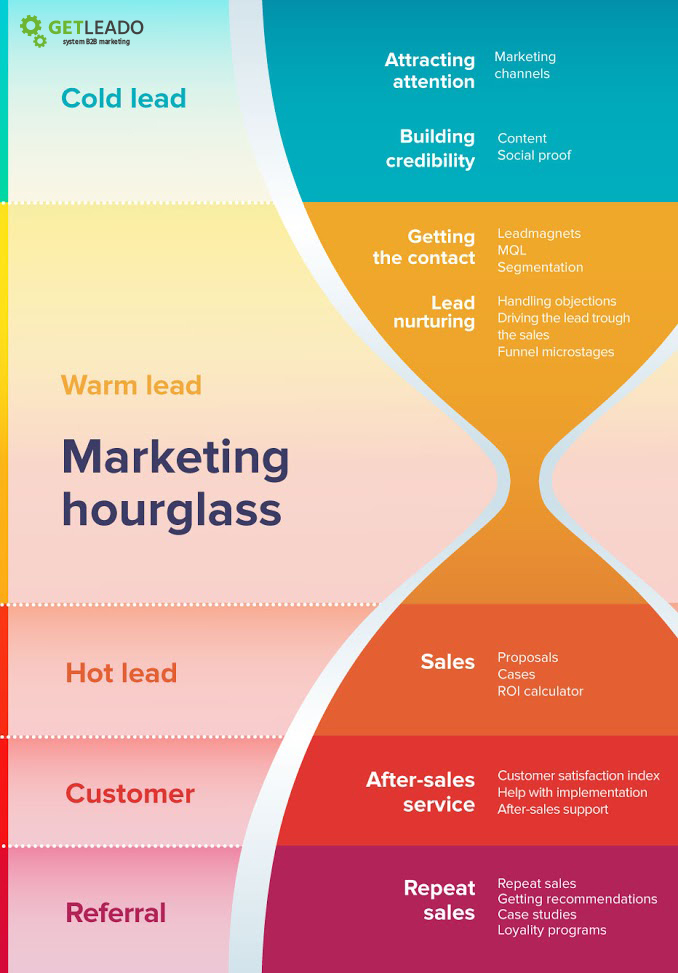
Get Started with Your B2B Marketing Strategy Framework
Your marketing strategy should consist of:
- Clear goals you want to achieve (e.g. increase sales by 30%) that are based on current indicators
- Milestones
- Market segments you’ll focus on
- Marketing channels and tools you’ll use
- Resources (team, budget, etc.)
And, your marketing strategy should also have these attached to it:
- DRI (Directly Responsible Individual)
- Deadline
- Budget
- Expected outcome
- Execution and analysis
I really hope this guide gave you some fresh insights on what to improve in your marketing strategy or how to create a new one from scratch.
What did you think was the most useful here? Share your thoughts in the comments!
The post If You’re Building Your B2B Marketing Strategy, Start Here appeared first on Sales Hacker.















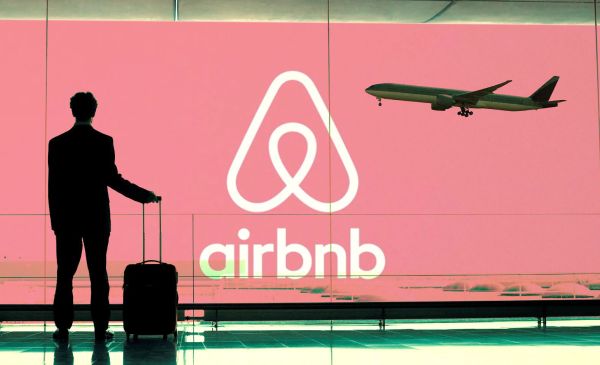


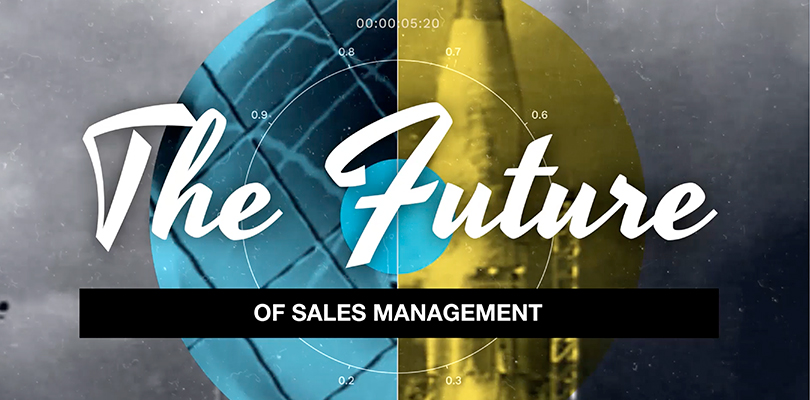



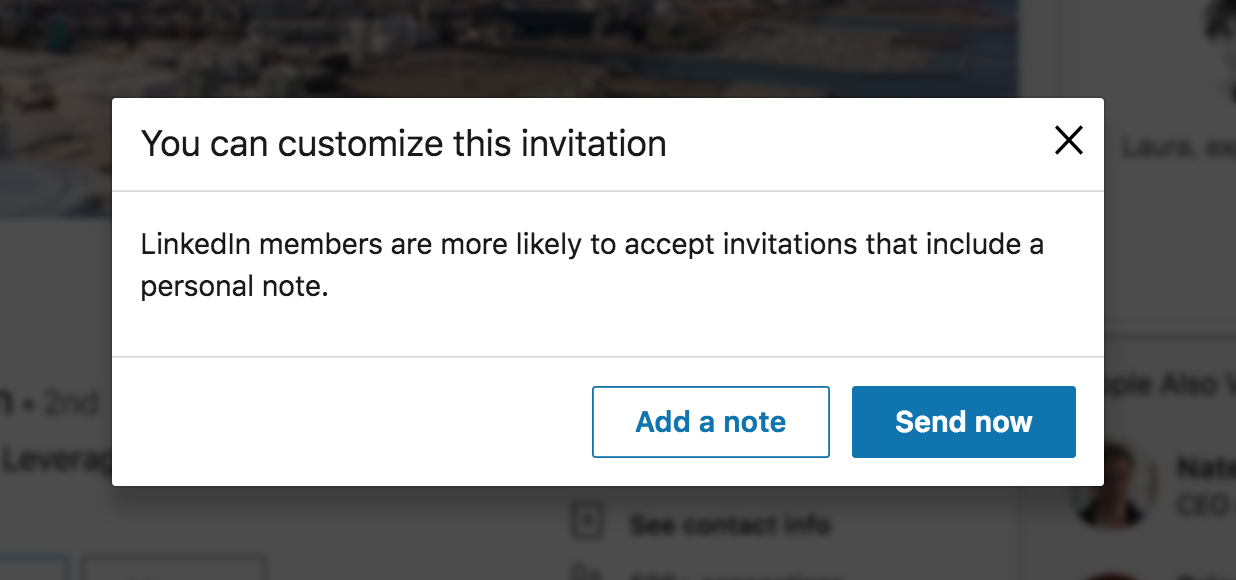


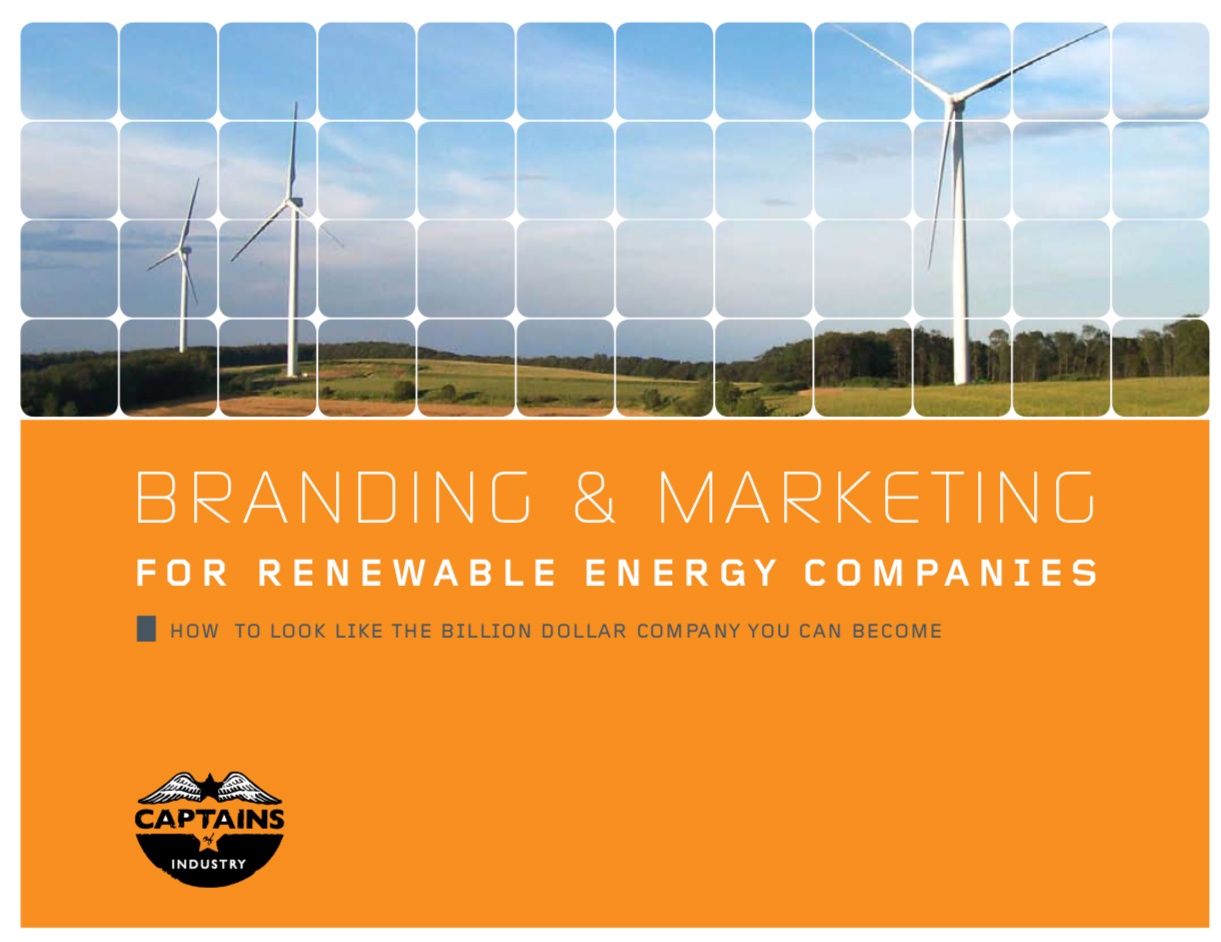








 An ABM strategy is not just about purchasing the right technology.
An ABM strategy is not just about purchasing the right technology. Process for arriving at addressable market via EverString and Dun & Bradstreet
Process for arriving at addressable market via EverString and Dun & Bradstreet Assess market sizing by setting filters on technology
Assess market sizing by setting filters on technology

